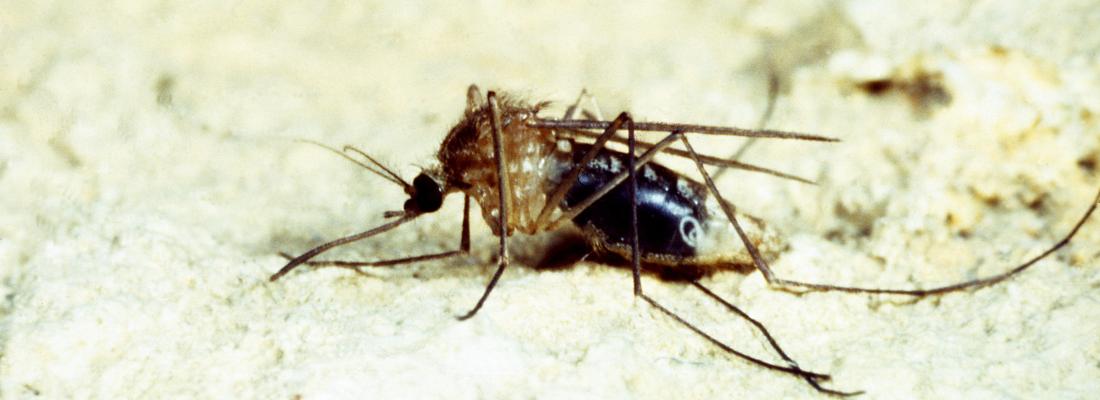Food, Global Health Reading time 3 min
Control of mosquito-borne diseases: discovery of a new genetic element in the Wolbachia bacterium
Published on 20 March 2019

The incidence of diseases and the risks associated with pathogens transmitted by mosquitoes, such as the parasite Plasmodium faliciparum (an agent of malaria) and viruses including dengue, Zika, chikungunya, West Nile and Rift Valley fever, are growing throughout the world. The use of insecticides is the most common method for controlling mosquito populations, but resistance to the different types of pesticides currently in use is widespread. In this context, new tools to control pathogen transmission in natural populations of mosquitoes based on the use of their bacteria, such as Wolbachia1, are being developed worldwide.
The endosymbiotic bacterium Wolbachia, which is found in more than 70% of insects, is capable of altering their reproduction and reducing the transmission of pathogens in numerous species of mosquito (for example Aedes aegypti and Anopheles gambiae). It is currently used in a number of major biological vector control programmes, such as the global programme “Eliminate Dengue”. However, the molecular mechanisms involved in interactions between Wolbachia, the insect and the pathogen are still poorly understood.
An innovative method for analysing the genome of Wolbachia developed at the individual level
With the goal of better understanding the role of the endosymbiotic bacterium in the transmission of pathogens and dissecting the underlying molecular mechanisms, an international team of scientists from INRA, CIRAD, CEA, and the Universities of Montpellier, Chicago and Vanderbilt conducted metagenomic2analyses of mosquitoes in order to reconstruct the genomes of the Wolbachia bacterium through an innovative approach. For the first time, they obtained sequences of Wolbachia from the ovaries of Culex pipiens captured in France, working with individual mosquitoes rather than with pools, as is the case with conventional methods. This new approach identified novel aspects of the genome of the endosymbiotic bacterium Wolbachia and of its mobile genetic elements.
A plasmid found for the first time in Wolbachia
The analyses conducted using short-and long-read sequencing data identified an extrachromosomal circular piece of DNA, previously unknown in Wolbachia, called pWCP (Plasmid of Wolbachia in Culex pipiens). This circular DNA has 14 genes and appears to be present in several copies in the bacterium, in addition to its chromosome. Searching for pWCP in previously published data confirmed its presence on a broader scale in specimens of Culex pipiens collected in North Africa.
The discovery of this plasmid DNA in Wolbachia thanks to innovative metagenomics approaches will enable investigation of the development of a new genetic engineering tool for this bacterium. This discovery could provide new generic knowledge of the mechanisms involved in interactions between the bacterium, the insect and the pathogens it transmits, and more specifically of the mechanisms through which the bacterium regulates the transmission of these pathogens. This knowledge would have direct applications for biological control of the insect vectors of pathogens responsible for some major animal and human diseases.
1 Endosymbiotic: living within the cells of another organism.
2 Metagenomics: sequencing of all DNA present in an environment.
Julie Reveillaud, Sarah R. Bordenstein, Corinne Cruaud, Alon Shaiber, Özcan C. Esen, Mylène Weill, Patrick Makoundou, Karen Lolans, Andrea R. Watson, Ignace Rakotoarivony, Seth R. Bordenstein & A. Murat Eren The Wolbachia mobilome in Culex pipiens includes a putative plasmid Nature Communications volume 10, Article number: 1051 (2019) https://doi.org/10.1038/s41467-019-08973-w
